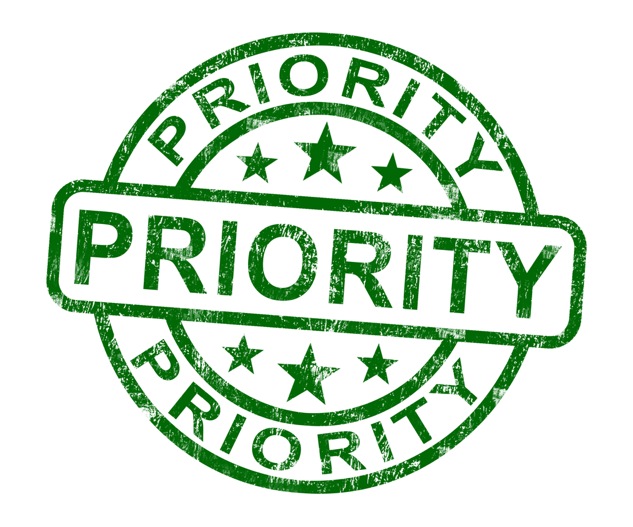
We know that social media and mobile marketing will likely be digital priorities for most brands in 2013. But there are also a lot of channels and strategies that brands will focus on less because consumer-consumption habits are changing at the speed of light.
Digiday asked brands and agencies to figure out what brands will spend less time and money on in 2013.
Zach Barkus, manager of mobile and emerging media, Campbell Soup
Less of the “shiny new toys” and more of the proven digital tactics. We want to focus on creating digital experiences that have real meaning for the consumer. Rather than being all over the board with strategy and channels, honing in on areas where we can create true connections.
Tammy Gordon, head of social media, AARP
We’ve decided to stop spending money building tabs or apps that don’t have adequate marketing budgets to promote them. Why? If you build it, it doesn’t mean they will come. In addition to growing our engaged social media communities and generally having fun with our fans, our biggest priorities in [social media] in 2013 will be driving membership joins and renewals, donations to AARP Foundation, and contacts to members of Congress on important issues.
Angela Koinov, CEO, Strong New Life
We’re not going to waste any more time or energy on blogging, because the audience just isn’t there. Spending time writing blog posts for such a small number of customers is a waste of resources. Instead, we’ll be spending more time searching the Web for relevant content to share with our followers on Facebook, Twitter and LinkedIn.
Chia Chen, mobile practice lead, Digitas
Our clients are typically continually making adjustments to their portfolio of marketing investments to maximize impact. Broadly, in mobile, our clients are looking to invest more in rich media and mobile video. And, concurrently, they are looking for better measurement and analytics so that they can more rigorously gauge impact. Our clients are also looking to create mobile Web experiences that have feature and content parity with the “desktop” experience. So that’s one place where our clients will generally invest less — in mobile Web experiences that are very pared down versions of the desktop experience.
Troy Brown, president, One50One
My client base is much more focused on mobile and social and not as much on email in 2013, given email address turnover is 18 months versus mobile phone numbers, which is at five to six years.
Jason Wadler, evp, LeapFrog Online
It’s not about engagement, it’s about action. This means lowering investments in apps for apps’ sake given the saturation and lack of real results for more than a select few. It also means reducing digital spend on higher-funnel brand activities so that digital initiatives can be more accountable and sales-focused, and decreasing spend on “digital-only” efforts. Simply stated, consumers are not online or offline; they’re everywhere. As a result, you’ll see a migration from “digital” investments to “multichannel experiences” that are aligned to who the shoppers are and how they want to buy. This last point is imperative in the increasing world of mobility and will enable investments in digital devices like mobile phones and tablets to deliver unparalleled action-oriented, on-demand and consistent purchase experiences.
Image via Shutterstock
More in Marketing

Ad Tech Briefing: Start-ups are now table stakes for the future of ad tech
Scaled ad tech companies need to maintain relationships with startups, when the sector is experiencing ongoing disruption due to AI.

Inside Kristi Argyilan’s RMN playbook: Lessons from the ‘godmother’ of retail media
Uber’s global head of advertising Kristi Argyilan says the future of retail media hinges on real-time relevance, brand differentiation, and breaking free from a one-size-fits-all playbook.

Digiday+ Research: More than half of marketers invest in TV and streaming, with an eye on impressions and branding
The majority of marketers are directing ad spend toward TV, with a focus on ads that drive impressions and branding.





